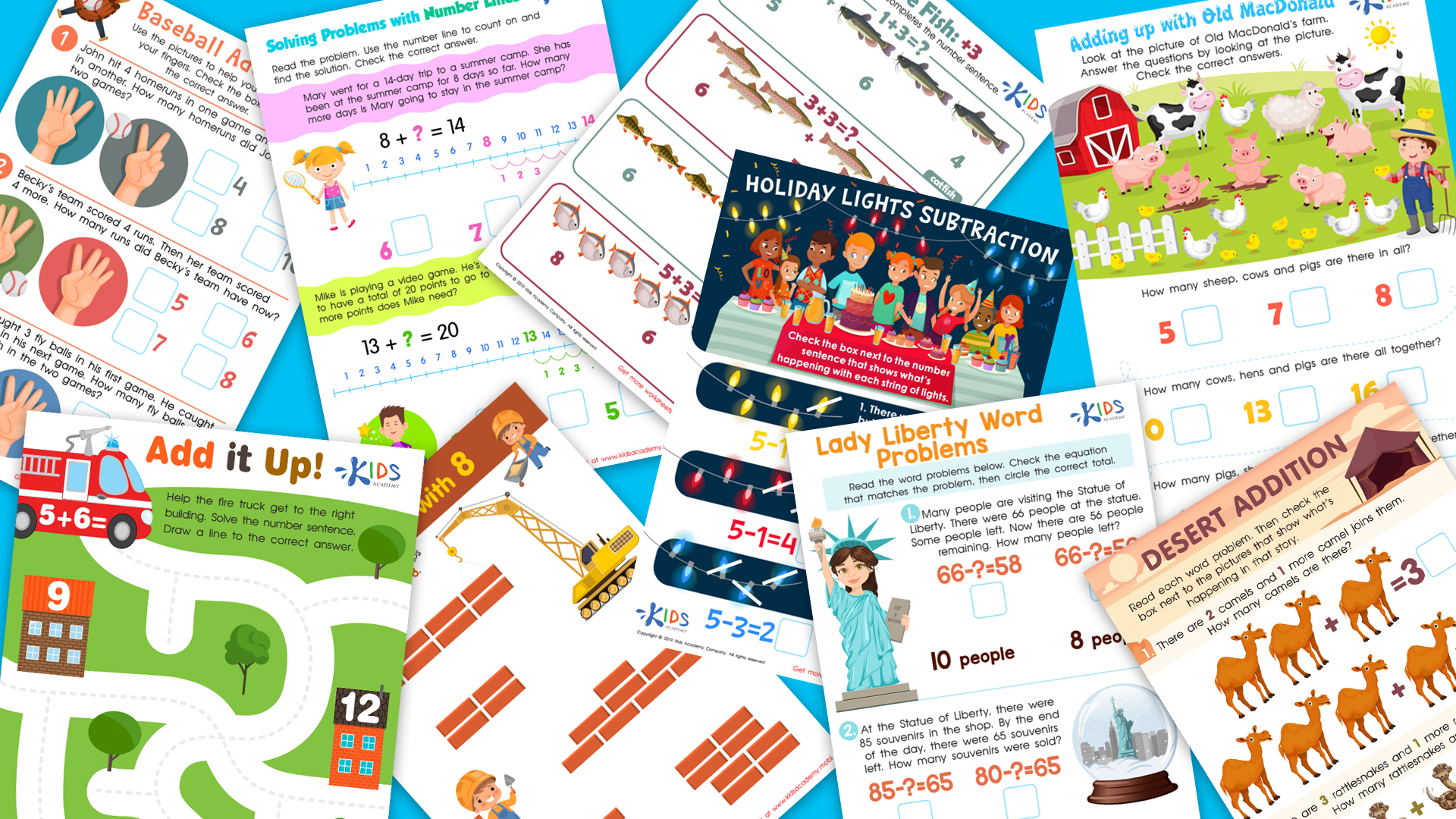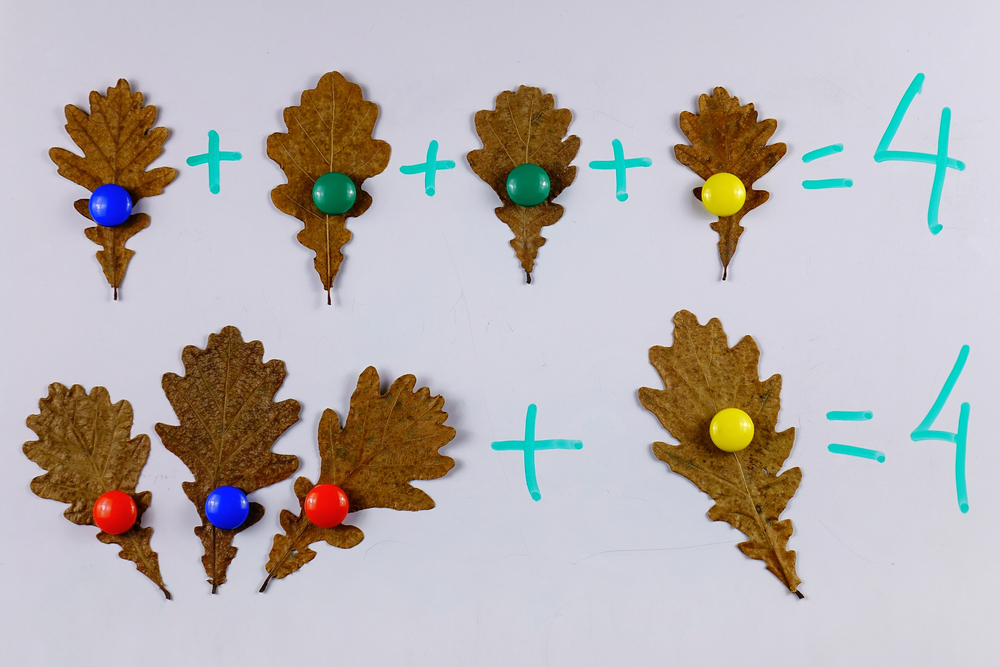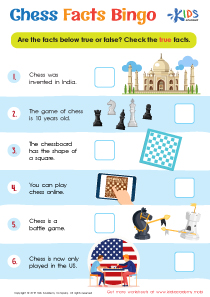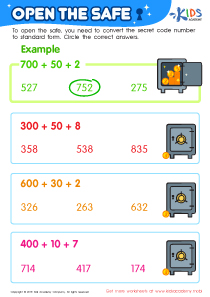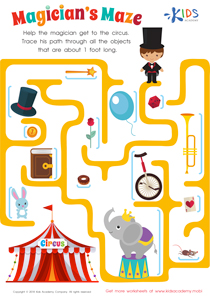Recognizing shapes Extra Challenge Grade 2 Math Worksheets
3 filtered results
-
From - To
Enhance your second graders' geometry skills with our "Recognizing Shapes Extra Challenge" math worksheets! Designed to deepen understanding and boost confidence, these engaging activities go beyond basic shape identification. Students will explore attributes of shapes, compare and contrast different forms, and apply their knowledge in creative problem-solving scenarios. Filled with colorful visuals and interactive challenges, these worksheets foster critical thinking and make learning fun! Perfect for classroom use or at-home practice, our comprehensive resources are ideal for reinforcing shape recognition while preparing students for future math concepts. Equip your young learners with essential skills and watch them thrive in geometry!


Congruent Shapes Worksheet


Lines of Symmetry Printable
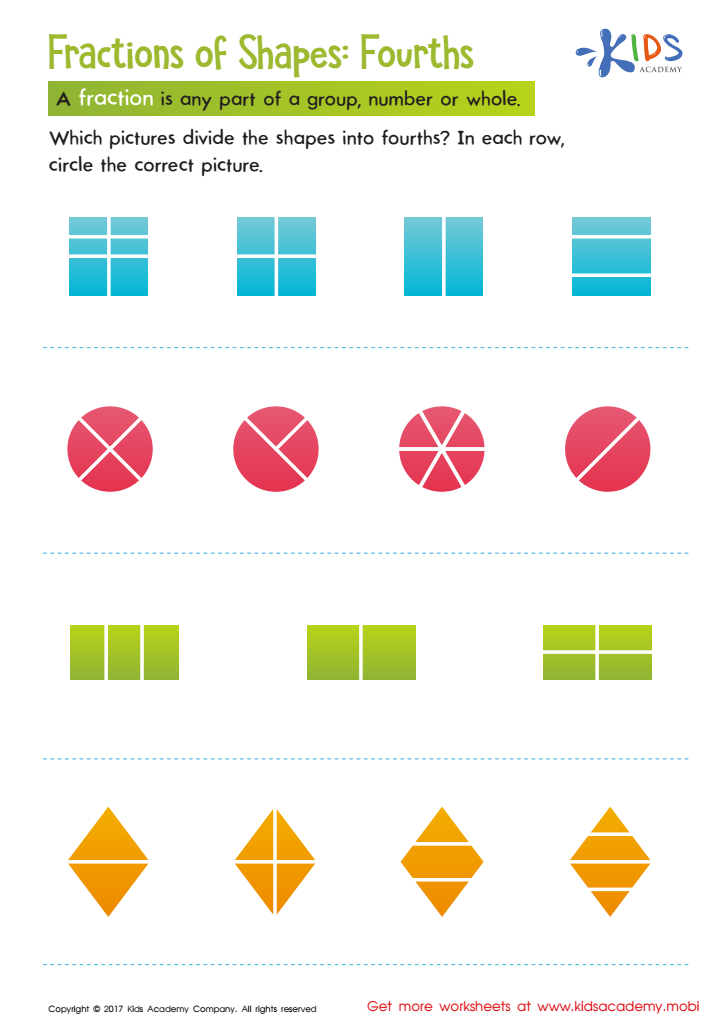

Fractions of Shapes Worksheet
Recognizing shapes is a foundational skill in Grade 2 math that lays the groundwork for more advanced concepts in geometry and spatial reasoning. Parents and teachers should care about this essential skill because it enhances critical thinking and problem-solving abilities. Understanding shapes helps children categorize objects, which fosters logical reasoning and classification skills—key components in developing mathematical aptitude.
Moreover, recognizing shapes develops children's ability to visualize and analyze their surroundings, which is crucial in their daily lives and future learning endeavors. By engaging with shapes, students learn not only to identify them but also to understand their properties, which leads to deeper mathematical thinking. This skill helps children form the basis for more complex topics, such as area, perimeter, and eventually, three-dimensional geometry.
Additionally, recognizing shapes can enrich children's language skills. As they discuss attributes and relationships of shapes, they learn new vocabulary and improve their overall communication skills. For parents and teachers, nurturing shape recognition creates a stimulating learning environment which fosters curiosity, motivation, and an enduring love for mathematics. Engaging children in fun activities centered around shapes can strengthen their skills and set them on a path toward academic success. Understanding shapes is more than just math; it's about seeing the world more clearly.
 Assign to My Students
Assign to My Students




